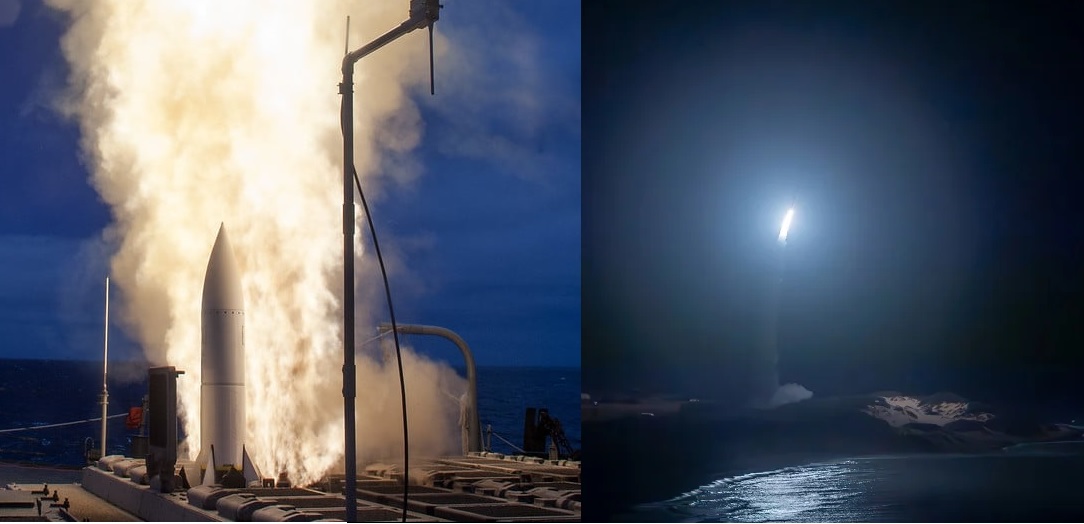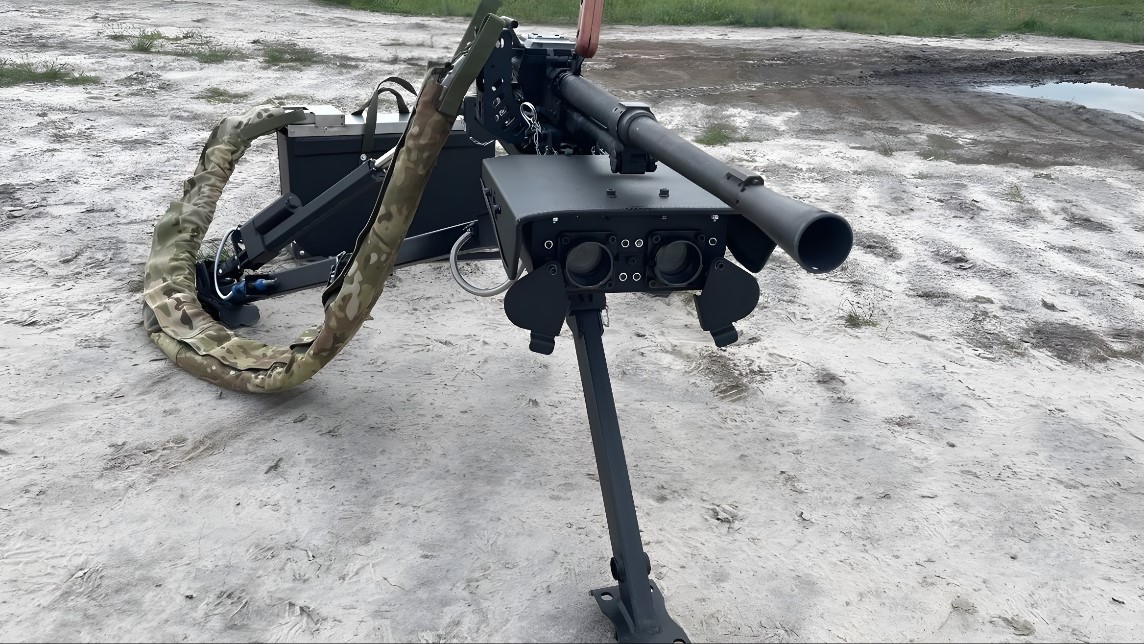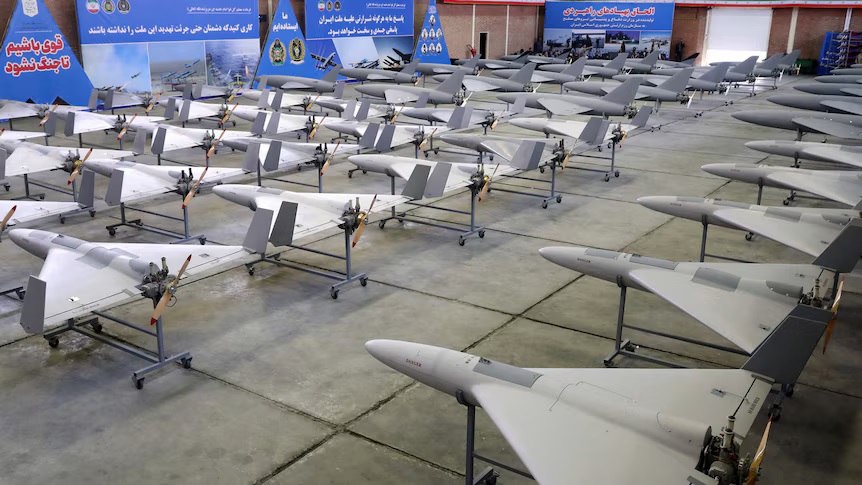U.S Navy Successful Intercept Intercept Medium Range Ballistic Missile with SM-6

Defense News ,U.S :- On March 28, 2024, Collaboration between the U.S. Missile Defense Agency (MDA) and the U.S. Navy marked a significant milestone in missile defense technology. The successful intercept of an advanced Medium Range Ballistic Missile (MRBM) test target was achieved using the Standard Missile-6 (SM-6) Dual II with Software Upgrade (SWUP).
Dubbed Flight Test Aegis Weapon System (FTM) 32, or Stellar Laelaps, this test showcased the capability to detect, track, engage, and intercept an MRBM target during its terminal phase. The live intercept was executed flawlessly by an Aegis Baseline 9 equipped ship, underlining the efficiency and effectiveness of the technology.
What made this test even more noteworthy was the extensive involvement of Australia, a key U.S. ally. Australian forces actively participated in the event, deploying air, land, and sea assets to demonstrate their own capabilities. The USS Jack H. Lucas (DDG 125), the first Flight III Aegis Destroyer equipped with SPY-6 radar, played a crucial role, contributing to its Initial Operational Test and Evaluation campaign.
MDA Director Lieutenant General Heath Collins emphasized the significance of this achievement, stating, “This successful intercept against an advanced threat-representative target in the final stages of flight demonstrated the power and flexibility of the Aegis Weapon System paired with the Standard Missile 6.”
Australia's involvement extended beyond mere participation. The ANZAC Class frigate HMAS Stuart showcased its radar capabilities, while an Australian E-7 Wedgetail aircraft aided in data collection and communications. Moreover, Australian sensors provided vital target track data, showcasing a seamless display of allied interoperability.
Lieutenant General Greg Bilton, AO CSC, Chief of Joint Operations for the Australian Defence Force, highlighted the collaborative spirit of the endeavor, stating, “It is a great example of our deepening defense engagement with the U.S. and an excellent opportunity to demonstrate the Australian Defence Force’s interoperability with the U.S. Navy.”
FTM-32 was not merely a routine test; it represented a complex challenge against a priority threat target. It marked the fourth flight test of an Aegis Ballistic Missile Defense-configured vessel using the upgraded SM-6 Dual II missile. Furthermore, it was the second successful intercept of an MRBM target utilizing the SM-6 Dual II SWUP missile under the Aegis Baseline 9.C2 (BMD 5.1) configuration.
The test target, launched from PMRF in Hawaii, posed a formidable challenge. However, USS Preble (DDG 88) rose to the occasion, launching the SM-6 Dual II missiles and executing a flawless interception of the MRBM test target.
The versatility of the SM-6 missile cannot be overstated. It delivers over-the-horizon air defense capability and can seamlessly transition between Anti-Air Warfare (AAW), Ballistic Missile Defense (BMD), and Anti-Surface Warfare (ASUW) missions. The SM-6 Dual II SWUP missile, specifically designed to counter short-to-medium range ballistic missiles in their terminal phase, proved its mettle in this critical test.
The successful interception of the MRBM test target stands as a testament to the unwavering commitment of the U.S. and its allies to bolstering global security. The collaboration between the U.S. and Australia showcased not only technological prowess but also the strength of international partnerships in maintaining deterrence in the Indo-Pacific region. As threats evolve, such tests underscore the readiness and effectiveness of allied forces in safeguarding peace and stability on a global scale.


